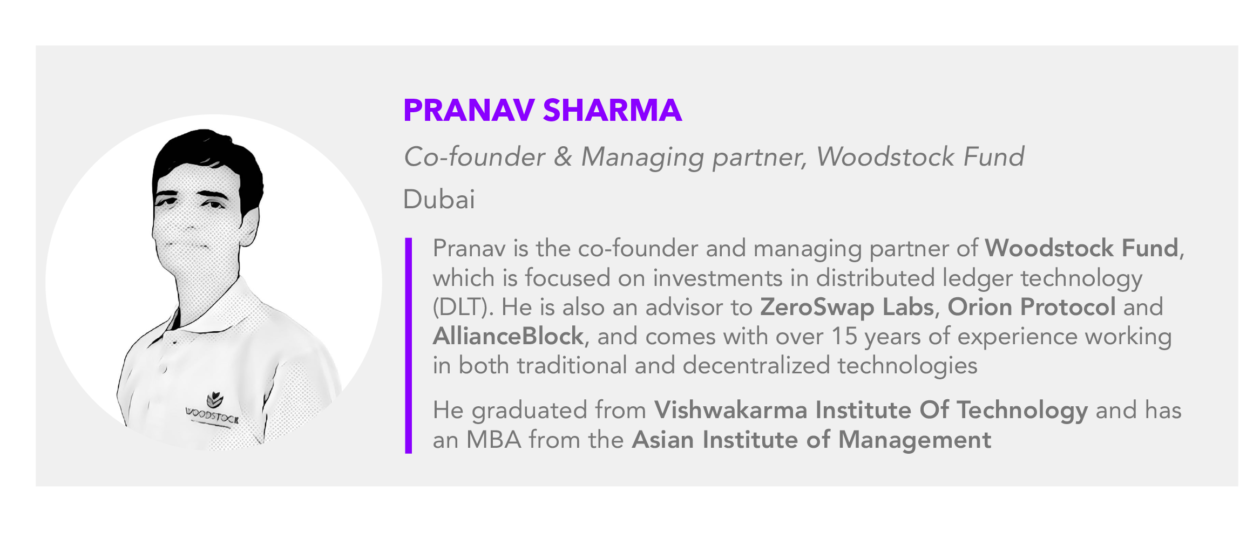Today, open-source developers are generating massive economic value. Mozilla Firefox, VLC Media Player, Linux and Python are all examples of open-source software. Building these solutions requires the time and talent of developers, but properly incentivizing these innovators to create and maintain these open systems is a challenge.
What is quadratic funding?
Quadratic funding is the mathematically optimal way to fund pro-community projects in a democratic ecosystem. It amplifies the donations made by a large community over the contributions made by a small group with big pockets. It takes the revolutionary trustless mechanism of blockchain technology and gives it a social spin for the good of the community.

Derived by the quadratic voting mechanism, quadratic funding saw mainstream headway after the publication of the research paper, “Liberal Radicalism: A Flexible Design For Philanthropic Matching Funds” authored by Vitalik Buterin, Zoe Hitzig and E. Glen Weyl in 2018.
Is quadratic funding that simple?
The process of quadratic funding is technical but effective. It ensures that the community favors public goods, i.e. goods or services available to all members of society indiscriminately, and gets an optimum amount of backing from the community as well as from philanthropists, investors and companies.
Simply put, individuals crowdfund contributions towards the projects that are then matched by funds from the investors, but not equally. The mathematics behind quadratic funding is discussed in this article.
Why do other capital allocation mechanisms fall short?
- One dollar, one vote:
- Distributing votes according to wealth leads to plutocracy. A select few members make decisions for the entire community and these policies are often designed to help the elite.
- During the Ethereum hard fork of 2016, a major concern was the influence of large players like exchanges and mining pools on the hard fork vote.
- One person, one vote:
- Uniquely identifying people on the blockchain is difficult. Moreover, this mechanism of voting ignored the difference between strong and weak preferences.
- Buterin explained the importance of the distinction between strength of preferences in this primer.
| If a user values a cause enough (and/or are rich enough) to pay, then it’s in their interest to keep voting (and influencing) quite a lot, or they don’t value the cause enough and they contribute nothing. | The user’s first “contribution” costs only a small amount of effort, so they’ll support the cause if they care about it enough, but after that point, there is no more room to contribute further. Thus, the next vote “costs” infinity. |
Quadratic funding in action
- Gitcoin Grants is a quadratic funding platform for public goods projects, primarily, in the Ethereum ecosystem.
- Downtown Stimulus is a quadratic funding based aid program for small businesses in Boulder, Colorado, that suffered as a consequence of Covid-19.
- Pomelo is a quadratic funding platform powered by EOS. Similarly, Binance Smart Chain has a quadratic funding grant on HackerLink.
Let us look at two projects from the 9th round of Gitcoin Grants:
| Project | Number of contributors | Initial amount contributed | Total amount matched | Community per US$ | % of initial amount matched |
| Wallet Connect | 1,451 | US$ 24,448 | US$ 6,869 | 0.06 | 28% |
| Nethermind | 1,464 | US$ 14,906 | US$ 5,316 | 0.1 | 36% |
Even though Wallet Connect collected US$9,542 more than Nethermind, their matched amounts from the investor pool only differed by US$1,553. This was likely because of the larger community support per dollar behind Nethermind than Wallet Connect. The results would have been different if two out of the 1,464 supporters contributed a large amount to Nethermind, say US$5,000 each because then the quadratic funding formula would allocate a substantially lower amount to the project.
The road ahead
Quadratic funding falls at the intersection of social and technological advancement. With this revolutionary turn, projects that have the potential to work for the welfare and development of society can have a better chance when pitted against a firm with good backing but exclusive offerings. This ensures the identification of projects that are preferred by the public through direct input and support and can further grow to be seen as the norm rather than an experiment.
Although there are problems of Sybil attacks, bribery and collusion, the larger Ethereum community, along with specific projects like Clr.fund are developing a combination of exclusive cryptography and mechanism design that aims to solve these problems with the quadratic funding process.




